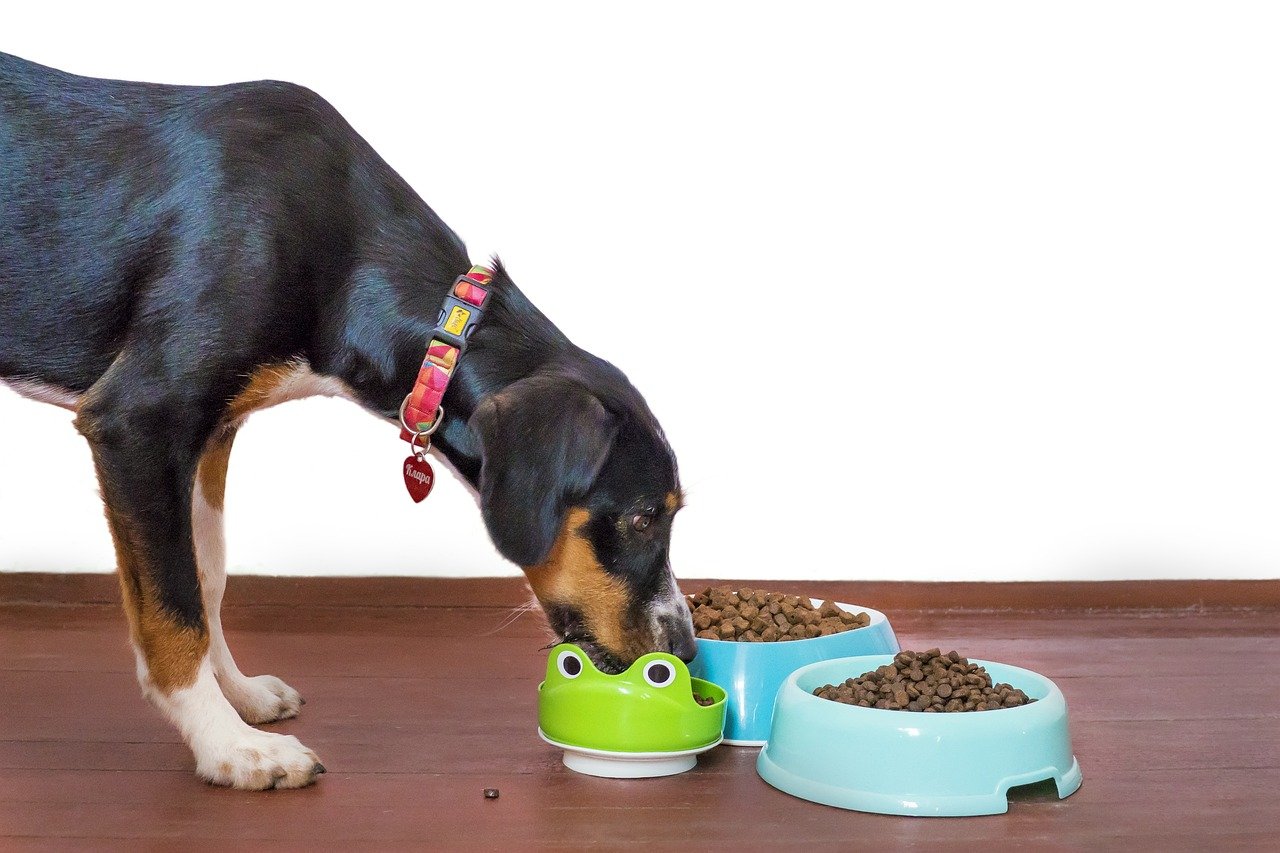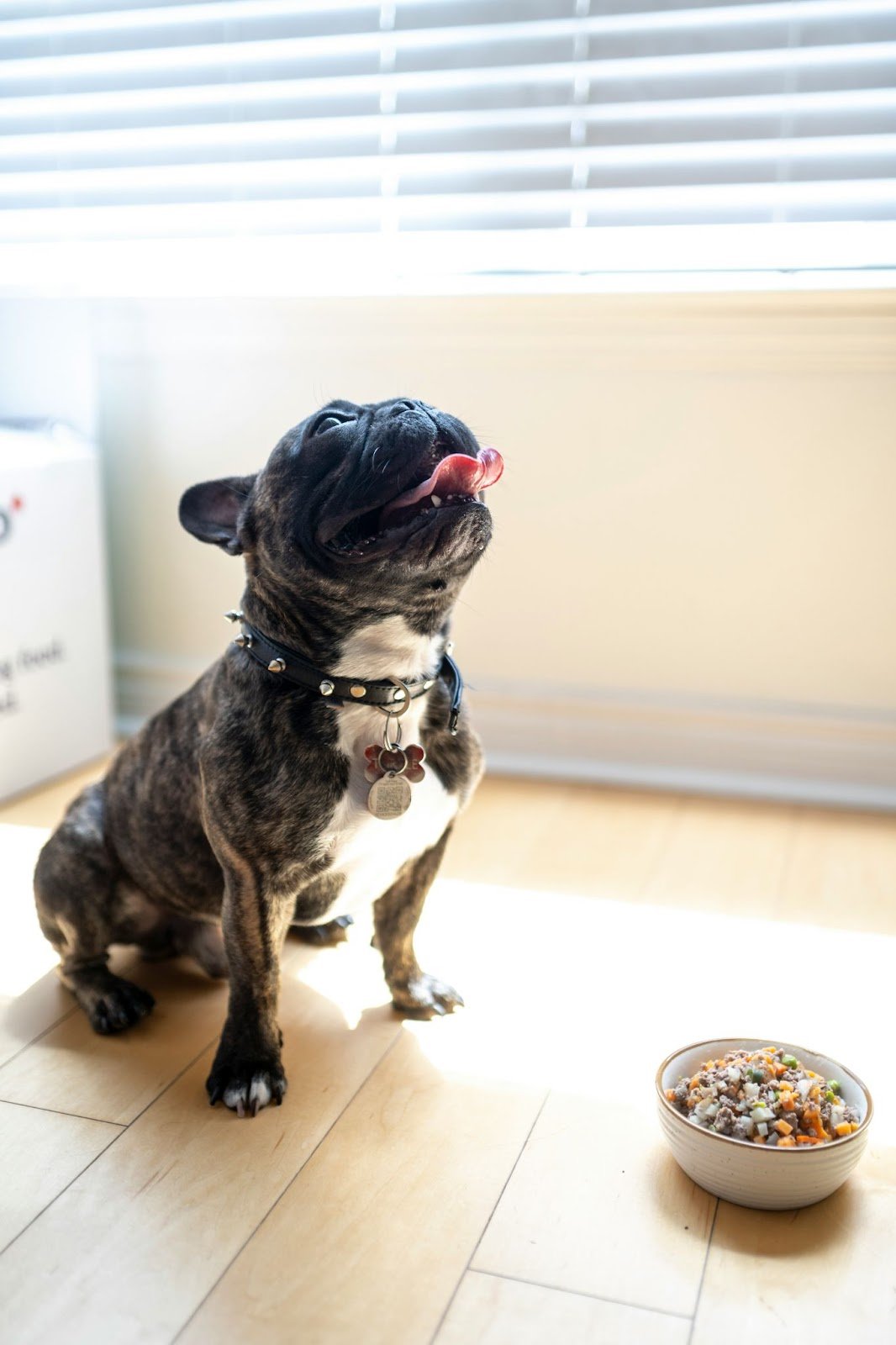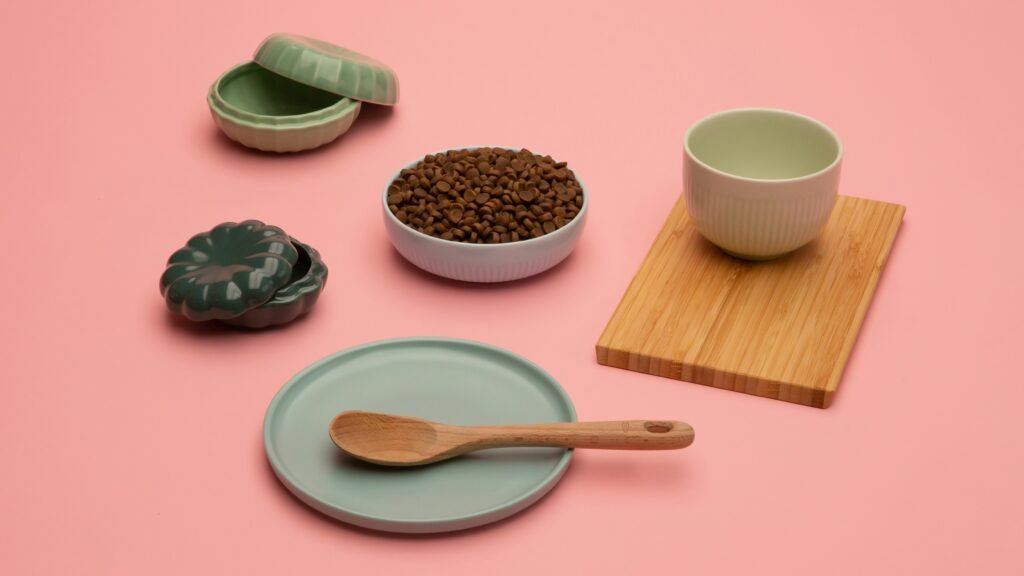Dog food is a crucial part of your furry friend’s diet, providing the essential nutrients they need to thrive. However, proper storage is key to maintaining its freshness and nutritional value. Whether you use dry kibble or wet food, knowing how to store it correctly can help prolong its shelf life and ensure your pup gets the best out of every meal.
How Long Does Dog Food Last?
The shelf life of dog food is influenced by various factors, including the type and brand of food, as well as how it is stored. Dry dog food, also known as kibble, typically has a longer shelf life compared to wet or canned dog food. When stored properly dry dog food can last up to 1 year from the date of manufacture. This includes storing food a cool, dry place, away from direct sunlight and moisture.
It’s important to note that the “best by” date printed on the packaging is a useful guideline for determining the freshness and quality of the food. While the food may still be safe to eat after this date, its nutritional value and taste may deteriorate over time. Therefore, it’s always best to check the “best by” date before feeding your dog.
When choosing a dog food brand, it’s essential to consider factors such as the quality of ingredients, nutritional content, and the manufacturer’s reputation. Some brands may use higher-quality ingredients and follow stricter manufacturing standards. This results in a more nutritious and safer product for your dog. For a more detailed analysis of dog food, check out our recommendations for the best dog food.

How to Store Dry Dog Food
To maintain the quality and freshness of your dog’s dry food, it is crucial to store it properly. First, owners should keep the original bag or packaging. The original packaging is specifically designed to protect it from various elements that can degrade its quality. These include light, air, and moisture, all of which can lead to spoilage and loss of nutritional value. Therefore, it is recommended to keep the food in its original bag, which often provides a barrier against these elements. Alternatively, you can transfer the dry food to an airtight container. When choosing a container, make sure it is specifically designed for food storage and has a tight-fitting lid. This will help to prevent moisture and pests from getting in while maintaining the freshness for a longer period.
When storing dry dog food, it is important to keep it in a cool, dry place. Exposing the food to high temperatures can accelerate the degradation process and reduce its shelf life. Therefore, it is best to store the food in a pantry or cupboard, away from direct sunlight and fluctuating temperatures. This will help preserve the nutritional value and flavor of the food. Additionally, it is a good practice to rotate your stock of dry dog food. Use the oldest bag of food first to ensure that it is consumed before it reaches its expiration date. This will help prevent wastage and ensure that your dog always receives fresh and nutritious food.
How to Store Wet Dog Food After Opening
After opening a can or pouch of wet dog food, it’s important to refrigerate any unused portions promptly. This helps prevent bacterial growth and maintains the freshness of the food. To ensure freshness, cover the open can with plastic wrap or use a lid designed for the can. This helps seal in the moisture and aroma, preserving the food’s quality.
Wet dog food should be consumed within 2-3 days of opening. This timeframe is crucial for ensuring that the food remains safe for consumption and retains its nutritional value. If you have unused portions beyond this period, it’s best to discard them to avoid the risk of spoilage.
For unopened cans or pouches of wet dog food, store them in a cool, dry place, such as a pantry or cupboard. Avoid exposing them to direct sunlight or extreme temperatures, as this can affect the quality of the food. By storing unopened cans or pouches properly, you can help maintain the freshness and nutritional content of the food until it’s ready to be used.

Tips for Freezing Dog Food
If you find yourself needing to store dog food for an extended period, freezing can be a viable option to maintain its freshness. To freeze dog food effectively, use freezer-safe containers or bags. These containers are designed to withstand low temperatures and prevent freezer burn, which can affect the quality of the food. Also, be sure to label the containers with the contents and date of freezing so you can track how long the food has been stored. This information can help you rotate your stock and ensure that you use the oldest frozen food first, maintaining a fresh supply for your pet.
When you’re ready to use frozen dog food, it’s important to thaw it properly to preserve its quality and safety. The best way to thaw frozen dog food is in the refrigerator overnight. This slow thawing process helps maintain the food’s texture and flavor while reducing the risk of bacterial growth. Alternatively, you can use the defrost setting on your microwave to thaw frozen dog food more quickly. However, be cautious when using this method, as uneven thawing can occur, leading to hot spots that can burn your pet’s mouth. Stirring the food during the microwaving process can help ensure even thawing. Avoid thawing frozen dog food at room temperature, as this can promote bacterial growth and spoilage.
Properly Storing Your Dog Food
Proper storage of dog food is not just about preserving its freshness; it’s also about ensuring your furry friend gets the best nutrition possible. By following the guidelines outlined above, you can help prolong the shelf life of your dog’s food and keep them happy and healthy.

